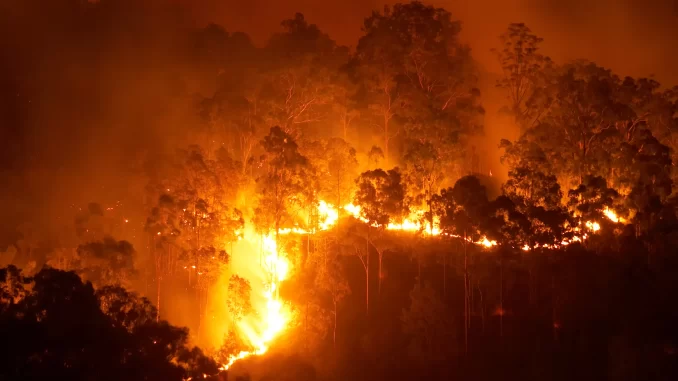
Climate Alarmists Get Burned
Since the early 2000s, when 3% of the world’s land caught fire, the area burned annually has trended downward. Last year, fires in the U.S. burned less than one-fifth of the average burn in the 1930s and likely only one-tenth of what caught fire in the early 20th century. In 2022, the last year for which there is complete data, the world hit a record low of 2.2% of burned area.
More Than 15% of LI Housing Is Rentals
Rentals account for 17.1% of housing in Suffolk, and 16.1% in Nassau. That compares to 35.5% in Westchester, and a national average of 34.6%, according to census data. Rents have also shot up significantly from $1,407 a month in Nassau in 2010 to $1,940 in 2021. In Suffolk, rents jumped from $1,427 a month in 2010 to $1,895 in 2021.
SOURCE: Bart Jones, “Surviving Long Island’s High Cost of Living,” Newsday, July 30, 2023
LI’s Shrinking Farmland
Suffolk County has more than 30,000 acres of remaining farmland. Nearly 600 farms on the Island had nearly $230 million in total sales. In addition, there are fewer than 1,000 acres for potatoes; meanwhile, wineries, farm stands and amusement park-type farms are changing the region.
SOURCE: Mark Harrington, “Winds of Change Challenge LI’s Legacy Farms,” Newsday, July 29, 2023
Drowning in Debt
A recent report from the New York Fed found that credit card debt in the second quarter of this year reached a record $1.03 trillion, compared to $986 billion the previous quarter. As a result, the delinquency rate on credit card payments has risen to 7.2% — higher than it was before the pandemic. Meanwhile, higher interest rates just push credit card balances even higher.

